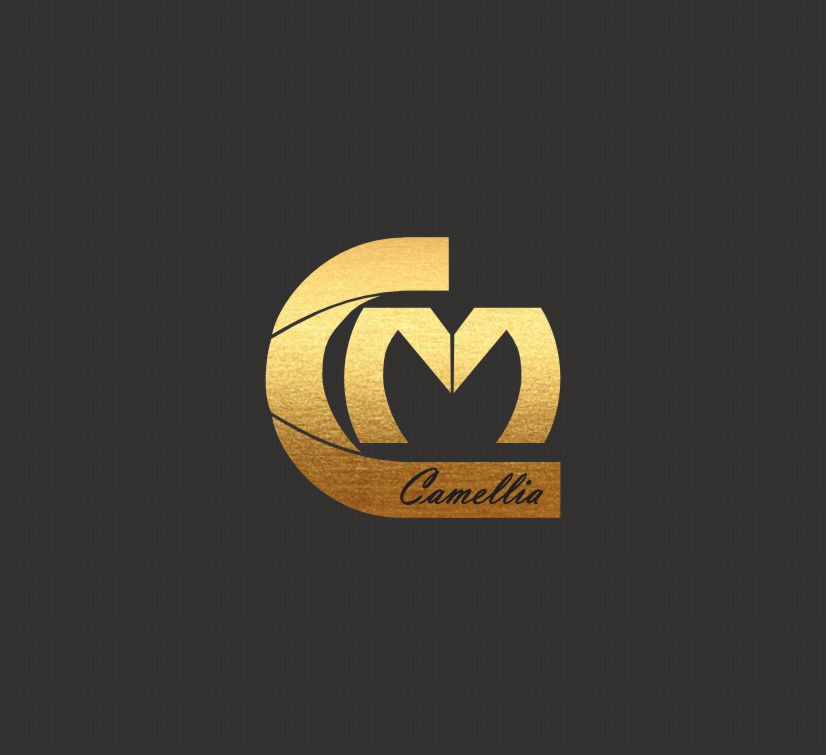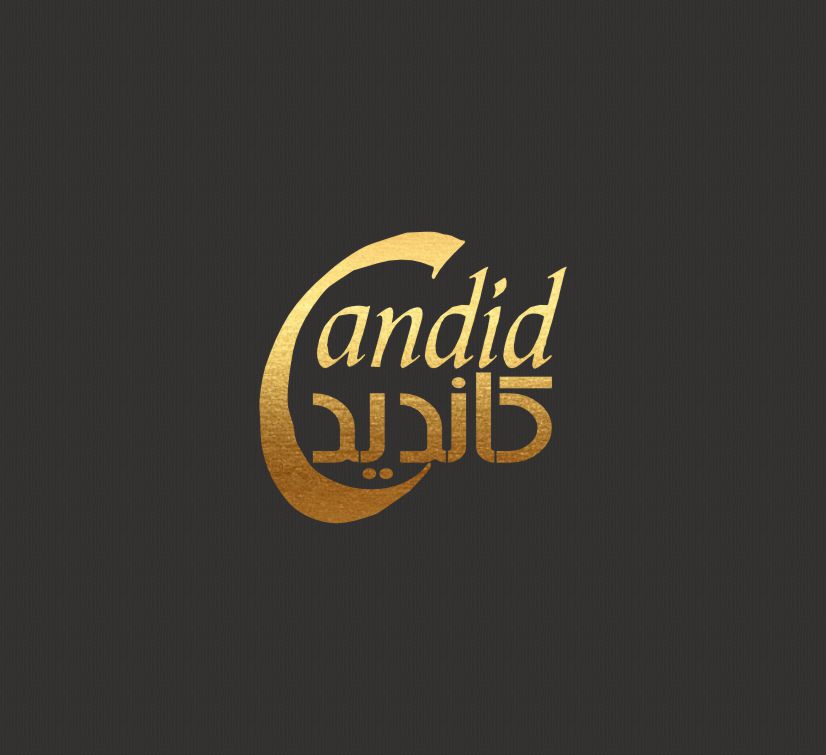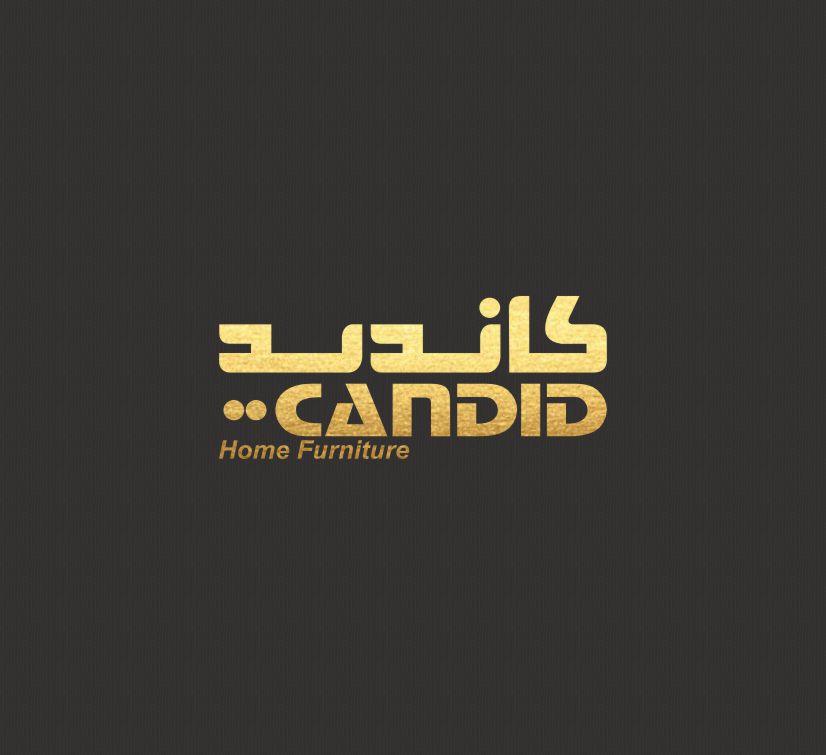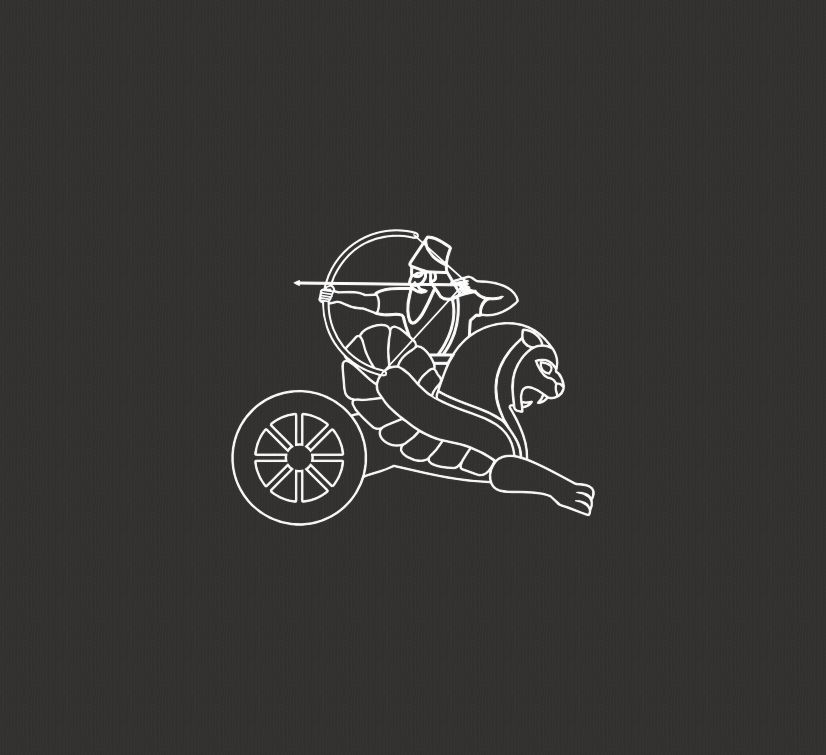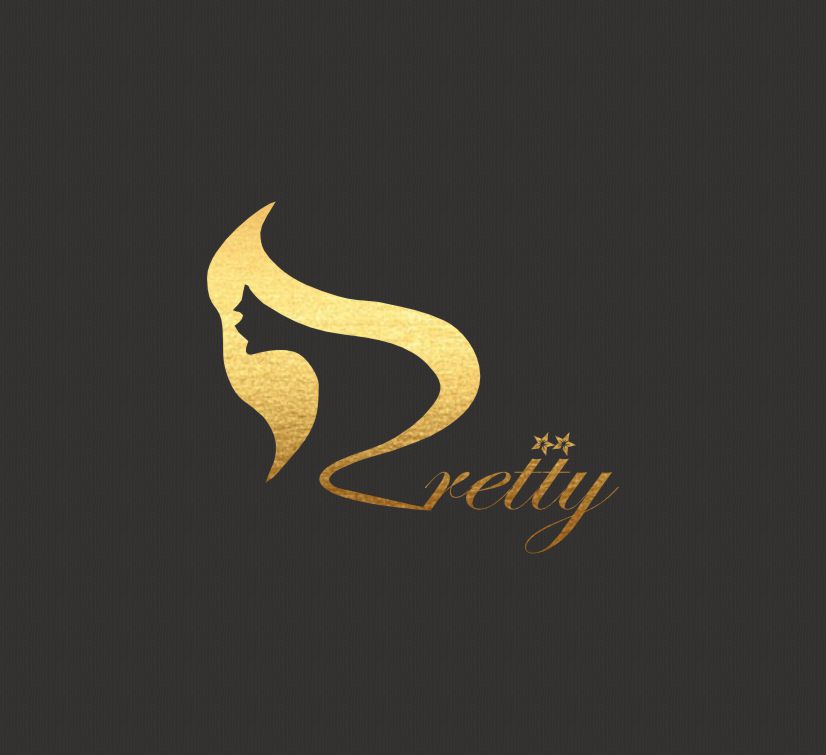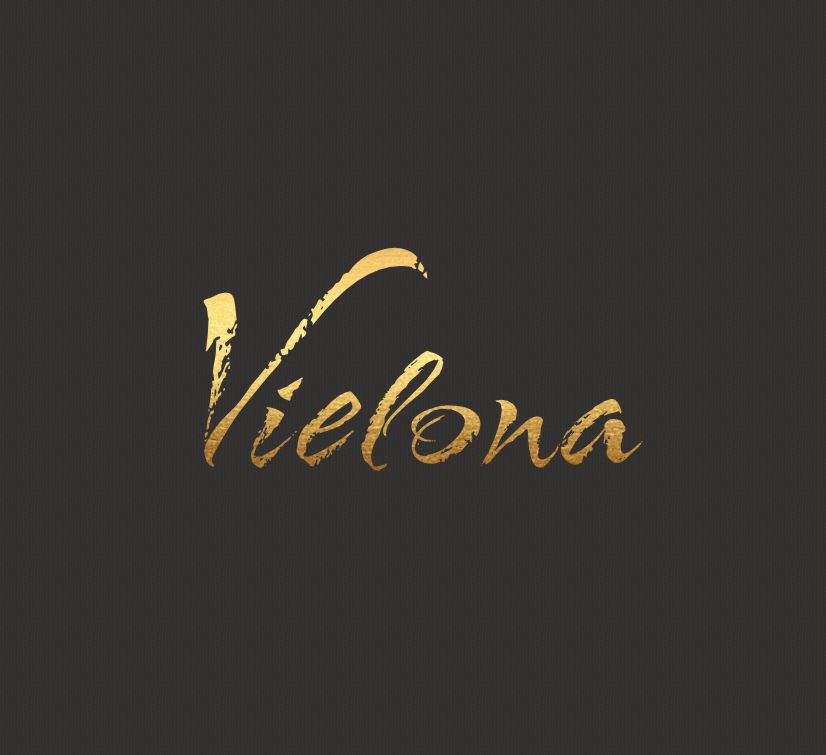Professional Logo Design
Professional logo design is of great importance as it represents the identity and essence of your brand. In creating a professional logo, the following factors are crucial:
The best logo design by Carmel Maleki
Experience and Understanding of the Brand in Logo Design
Our designers carefully focus on understanding and experiencing your brand’s identity and values to create a unique and recognizable logo.
In the experience and understanding of the brand in professional logo design, the following key elements are influential:
- The first step in professional logo design is a precise understanding of the brand’s identity. This includes the brand’s mission, values, goals, unique features, and audience needs.
- Understanding the elements that distinguish your brand from competitors and similar communities. The logo must be distinct and recognizable to the audience, clearly reflecting this differentiation.
- A deep understanding of the brand’s target audience and focusing on design strategies that foster connection and positive emotions in them. The logo should effectively communicate with the audience and clearly convey the brand’s related sentiments.
- Understanding how the logo is interpreted as a symbol representing the brand and its impact. This includes studying the behaviors, opinions, and feedback of the audience regarding the logo.
Based on the experience and understanding of these elements, appropriate design strategies for the logo are developed. This includes selecting colors, fonts, shapes, and other visual elements that align with the brand’s identity and goals.
At our company, we meticulously leverage the experience and understanding of your brand to create a professional, unique, and recognizable logo that harmonizes perfectly with your brand’s identity and goals, effectively attracting your audience to your brand.
Using Appropriate Visual Elements in Logo Design
Utilizing colors, fonts, shapes, and other visual components in alignment with the brand’s identity is crucial, as it reinforces and emphasizes the brand’s values.
The use of appropriate visual elements in logo design is vital because the logo, as the symbol and identity of the brand, serves as the first point of contact between the brand and its audience. In professional logo design, careful attention must be paid to the selection and use of the following visual elements:
Colors:
- The selection of colors should align with the brand’s identity.
- Colors should effectively convey the emotions and values associated with the brand.
- Using distinctive and memorable colors is important.
Fonts:
- Font choice should match the brand’s style and personality.
- Fonts should be legible and usable in various sizes and contexts.
- Utilizing simple and clean fonts enhances readability.
Shapes and Symbols:
- Using simple and easily interpretable shapes is preferable.
- Symbol selection should align with the brand’s identity and mission.
- Shapes and symbols should be unique, easily distinguishable, and easily recognizable.
Visual Composition and Proportion:
- The visual composition should be balanced with the logo’s structure and its elements.
- The distribution of elements within the logo should create visual balance and harmony.
- Proper spacing and arrangement of elements are essential for improving the logo’s readability and cleanliness.
Simplicity and Streamlining:
- The logo should be easily recognizable and memorable in its simplicity.
- Eliminating unnecessary elements and streamlining the design increases the logo’s impact and effectiveness.
Effective and proper use of these visual elements in logo design helps you create a professional, unique, and recognizable logo for your brand that harmonizes with your brand’s identity and goals, conveying the right message to your audience.
Simplicity and Versatility in Logo Design
A logo design should be simple, legible, and versatile enough to be used in all conditions, from print to digital environments. Simplicity and versatility are fundamental in logo design, especially to ensure that the logo remains effective in any setting. The following points should be considered:
Using simple shapes, lines, and symbols in the logo is crucial. A simple logo is easily recognizable and memorable. Avoid adding unnecessary details or complexity to keep the logo clean and legible.
The logo design should be able to be used at various sizes without losing its quality and clarity, whether in large prints, small prints, websites, products, etc. Choosing the appropriate file format that supports resolution and scalability (such as SVG or EPS files) helps ensure the logo’s scalability.
The logo should work effectively across various applications such as letterheads, brochures, advertisements, business cards, posters, flags, banners, packaging, and more. To ensure the logo looks good across different media and environments, use print-ready colors and CMYK settings for printing, and RGB colors for digital displays.
Legible fonts and clear, meaningful shapes ensure that the logo is readable and recognizable in any size and display condition. Proper spacing between logo elements enhances readability and cleanliness.
To ensure the correct use of the logo across different applications, provide a usage guide with the logo, including tips on color usage, spacing, and minimum size requirements for different environments.
By following these guidelines, you can design a simple, versatile, and effective logo for your brand that looks its best in any environment and supports the overall identity and recognition of your brand.
Attention to Technical Details in Logo Design
Resolution settings, dimensions, and appropriate formats for various uses (print, digital, etc.) are crucial technical details in logo design. Paying close attention to these technical aspects ensures that the logo can be used optimally in all conditions. The following technical considerations are essential in logo design:
Resolution:
- The logo must be usable at high precision without any loss of quality.
- For printing purposes, a resolution of at least 300 DPI is recommended to prevent blurring and fatigue in print.
Scalability:
- The logo file should be scalable for use in various sizes without losing quality.
- Formats like SVG or EPS, which support high scalability, are recommended.
File Format:
- The file format should match the type of use. For instance, CMYK for print and RGB for digital displays.
- Formats like AI, PDF, PNG, or JPEG with high quality are recommended for easy transfer and use of the logo.
Color Settings:
- Ensure that the colors used in the logo are correctly configured.
- Using print-ready CMYK colors or suitable digital display colors (RGB) helps maintain color accuracy.
Printability:
- Ensure that the logo can be printed without losing detail or clarity.
- An initial print test is recommended to check the quality and accuracy of the logo’s technical settings.
Protection of Intellectual Property:
- Ensure that the logo is legally registered and its ownership rights are protected.
- If necessary, take steps to register the trademark and secure the intellectual property rights of the logo.
These technical guidelines in logo design help ensure that your logo is usable in all environments and conditions, maintaining quality and detail, while effectively representing the identity and brand of your business.
Ensuring Intellectual Property Rights in Logo Design
To protect the ownership rights of your logo, you can utilize trademark registration services to ensure that the logo is legally registered under your brand’s name. Securing ownership rights for your logo design is crucial, and the following points should be considered:
Trademark Registration:
To safeguard your ownership rights over the logo design, you can register your trademark. This registration grants you exclusive rights to use the logo in your business, protecting it from unauthorized use by others.
Contractual Agreements:
Drafting a contract with the logo designer, outlining the agreed-upon design services and securing your ownership rights over the design, is another effective way to protect your intellectual property.
At Carmel Maleki, we pay close attention to all these factors, designing a professional, unique, and recognizable logo that aligns perfectly with your brand’s identity and objectives.



